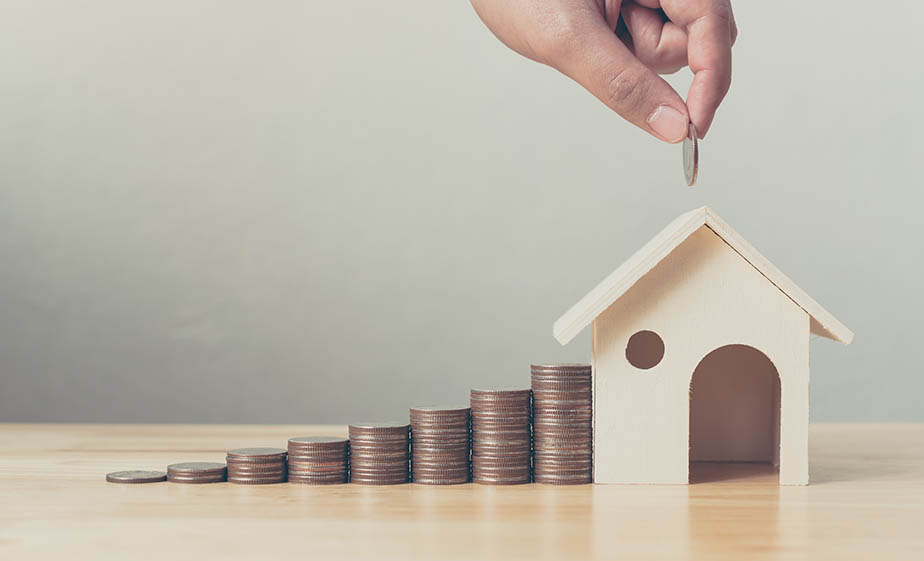
Earlier this month, the Reserve Bank of Australia announced that interest rates would once again be rising by 0.5 percent, making the new cash rate 1.85 percent. This recent hike marks the historic fourth month in a row that the RBA has raised interest rates- increasing the pressure on homeowners already struggling under mortgage stress due to the recession and rising cost of living.
The interest rate hikes are also putting a hold on the plans of many aspiring first home buyers, who will no longer qualify for the loans they need to buy houses in the areas in which they want to live. After being priced out of the property market in major capital cities, one option which many Aussies are considering is ‘rentvesting’- the trend of renting where you want to live (to be close to work, family, and the lifestyle you like) and buying an investment property in an area where you can afford to purchase a property.
Lloyd Edge, Founder and Director of Aus Property Professionals, says that “Today if you’re making the average Australian wage of $78,000 a year and you decide to buy a $1.2 million house, that’s 15 times your salary. This shows the difference in scale between incomes and house prices in the 2020s compared to the eighties or nineties when the average house price was only four times the average yearly salary. Skyrocketing house prices and inflation have really changed things, so if you’re an average income earner and your big goal is to buy your dream home, you’re going to have work up to it through savvy investments.”
Adding, “Many of my clients come to me initially looking for their first home, however, after we have a strategy session and assess the full range of options available, often they’ll choose to keep renting and buy and investment property instead. With interest rate hikes and no foreseeable end to the housing affordability issue, rentvesting is a good choice for many people. A positively geared or cashflow positive investment property has multiple benefits, like helping you build wealth, generate income, and increase your borrowing capacity. With interest rates going up, it’s important to make sure you’re borrowing under your maximum capacity, leaving yourself a buffer for when rates rise even higher. You need to make sure you’re assessing your borrowing capacity each month, as your circumstances will change depending on what the RBA decides.”
Lloyd is also the author of the best-selling property book Buy Now: The Ultimate Guide to Owning and Investing in Property. In the book, he lays out the strategy for utilising rentvesting to grow your property portfolio and buy your dream home. Below are some of Lloyd’s top tips for rentvesting:
- Target high-growth regional areas: Regional areas are great for rentvesting, as the property prices are usually cheaper than the major capital cities, and the rental yields are higher. Look for areas that have a growing population and are supported by multiple industries. Other key things to note is whether there’s any increase in government spending in that area, any major transport or infrastructure being developed, or any universities or hospitals. All these factors will add value to your investment property and ensure the likelihood of capital growth.
- Have an exit strategy: To secure your dream home in the 2020s, you will probably need to build an investment portfolio and set an exit strategy, which will mean selling some of your properties to pay down the debt on others. Ultimately it will be your exit strategy that helps you secure your dream home.
- Look for a value-add opportunities: The trifecta we look for in investment properties is equity, cashflow and growth. To achieve this, we often recommend that our clients buy a property with some value-add opportunity, like a subdivision, development, or renovation. Buying an investment property with this sort of potential will help you build up your equity and afford a better home down the track.
- Clarify your goals: Investing without clear goals or a strategy is pointless, as different tactics will give you different results so it’s important to specify what you’re aiming for. Think not only about the short-term, but also the long-term and where you’d like to be in 5, 10 or 20-years time. This will influence where you buy and what your strategy is. For example, if your long-term goal is financial security when you retire, it makes more sense to invest in a number of properties than to spend all your money on one property, so you don’t put all your eggs in one basket.
Lloyd concludes “Many people are being scared off buying a property right now due to the current market, however with the right strategy it can be the perfect time to get your foot onto the property ladder through rentvesting, and use that as a way to purchase your dream home sooner.”
This article was sourced from a media release sent by Kathleen Quere of Agent 99 PR
